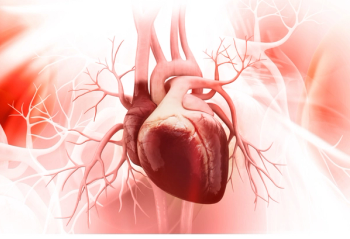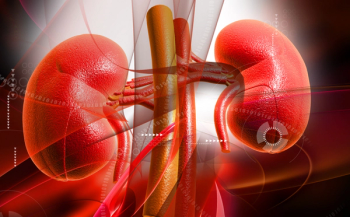
Approximately 56.6% of young adults with advanced heart disease prefer to be involved in end-of-life decisions if they were very ill, with nearly all patients saying that they would also like their parents to be involved.

Approximately 56.6% of young adults with advanced heart disease prefer to be involved in end-of-life decisions if they were very ill, with nearly all patients saying that they would also like their parents to be involved.

Dapagliflozin was established as the first SGLT2 inhibitor that demonstrated a mortality benefit for cardiovascular death from heart failure.

There was a decreasing trend for new-onset atrial fibrillation incidence with higher cumulative doses of dexmedetomidine.

Study shows eplontersen maintains a consistent and sustained treatment effect and reinforces its potential treating hereditary transthyretin-mediated amyloid polyneuropathy, which can lead to heart failure.

Less than 20% of physicians were open to starting a patient with nonvalvular atrial fibrillation on an anticoagulant after conducting a clinical review of the patient’s care.

The results of a review, published in Cureus, show that the medications reduced the risk of HF.

The risk of a second stroke after intracerebral hemorrhage (ICH) did not differ by index hematoma location, and this risk was higher for ischemic stroke than ICH.

Many long-term therapies rely solely on load amelioration, but new ones are needed, according to investigators.

In the treatment of heart failure with reduced ejection fraction, combination therapy is the most effective in reducing all-cause death.

Data indicated that waist-to-height ratio is a better indicator of outcomes in patients with HF than body mass index.

Key lifestyle risk factors for chronic diseases and cancers include tobacco use, poor nutrition, lack of physical movement, and obesity.

Furosemide exhibits diuretic action by inhibiting sodium and chloride reabsorption in the proximal and distal tubules and the loop of Henle.

The proportion of patients prescribed high-intensity statin therapy increased by 3.8% across all clinics in the intervention arm.

Study participants without co-pays were slightly more likely to take their medications as prescribed for several medication classes.

The 2022 American Heart Association, American College of Cardiology, and Heart Failure Society of America guidelines recommend SGLT2 inhibitors for nearly all patients in cardiovascular practice.

Pharmacists play a vital role in ensuring that patients can afford their medications, either by advising them on more affordable options or working with insurers and prescribers to find cheaper alternatives.

Pharmacists are essential health care team members who can be empowered to help initiate fixed-dose combinations, according to an expert panel at the American College of Cardiology 2023 Scientific Session.

Bempedoic acid is indicated as an adjunct to diet and maximally tolerated statin therapy for adults with heterozygous familial hypercholesterolemia or established atherosclerotic cardiovascular disease who require additional lowering of low-density lipoprotein-cholesterol.

Clinical guidelines suggest screening for cardiovascular risk factors post-partum in women, however, these recommendations are not closely followed, a new study suggests.

Increasing interventions for affordable housing and food security could contribute to reduced rates of heart disease in lower income communities.

Patients with heart failure are at a significant risk of cardiorenal diseases, highlighting the need for improved treatments and cost management.

Multiple adverse outcomes were associated with an even higher risk of heart disease.

Patients with sepsis were 27% more likely to die, 38% more likely to be rehospitalized for any cause, and 43% more likely to return to the hospital specifically for cardiovascular causes.

The knowledge of clinical pharmacists can help protect kidney function and prevent the development of acute kidney injury in ICU patients.

Peripheral artery disease is more common in Black patients than any other racial or ethnic group, but its potential association with negative social determinants of health is not known.